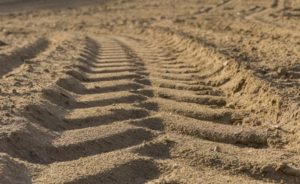 With owning a car comes plenty of maintenance responsibility. Everything from regular oil changes to component replacement- such as gaskets and belts- which degrade with wear and tear can really add up. Any means of keeping these maintenance costs low as possible any car owner would welcome with open arms.
With owning a car comes plenty of maintenance responsibility. Everything from regular oil changes to component replacement- such as gaskets and belts- which degrade with wear and tear can really add up. Any means of keeping these maintenance costs low as possible any car owner would welcome with open arms.
Among the more expensive components to auto care is tire maintenance. Costing upwards of $500 per set (with installation), preserving your tires are crucial to keeping your maintenance costs low. There are a few tips and tricks you may want to keep in mind to make your tires go the extra mile.
Harder Rubber
Harder rubber is more resilient to the test of travel. Softer rubber lacks certain polymers found in products with harder rubber, allowing faster degradation. Tires made from harder rubber tend to cost a little more, but since tires are expensive to begin with you may as well spend the extra money. The difference will be obvious when you get an extra couple thousand miles out of the set.
Regular Rotation
Because your front tires are the pair that turns your vehicle, they endure much more abuse. You will notice your front pair of tires have increased tread wear patterns thanks to the variation in pavement contact- due primarily to steering- whereas the rear wheels have consistent, flat contact with the road. This wear is compounded in front wheel drive vehicles. So evenly distributing the burden throughout your set of tires by having them regularly rotated will allow you to keep your tires for a much longer period of time. Industry standards recommend you have your tires rotated every 7,000 miles.
And, of course, not driving on your tires is the best measure for avoiding wear. And among the best measures for preventing your rubber from meeting the road is having your car shipped rather than driven on longer road trips. Unfortunately you can’t eliminate maintenance costs; they just come with the territory of owning a car. But slowing them and keeping them as low as possible start from the ground up.
